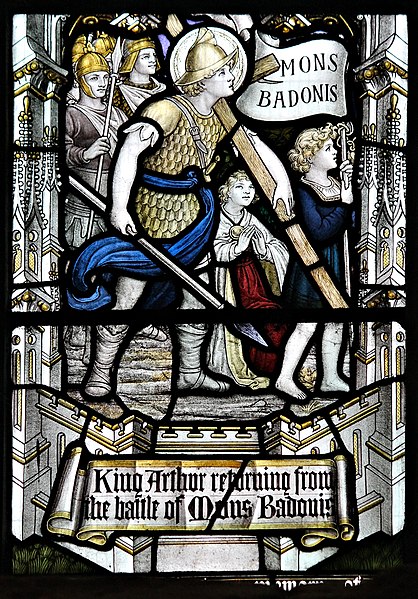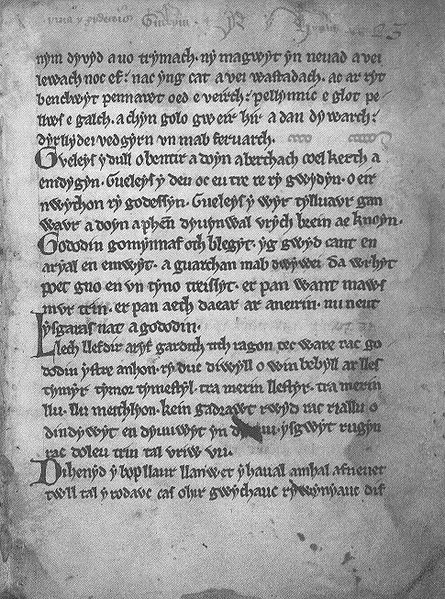Excalibur is the mythical sword of King Arthur that may possess magical powers or be associated with the rightful sovereignty of Britain. Traditionally, the sword in the stone that is the proof of Arthur's lineage and the sword given him by a Lady of the Lake are not the same weapon, even as in some versions of the legend both of them share the name of Excalibur. Several similar swords and other weapons also appear within Arthurian texts, as well as in other legends.
Excalibur the Sword by Howard Pyle (1903)
Arthur draws the sword from the stone in Henrietta Elizabeth Marshall's Our Island Story (1906). Here, as in many more modern depictions of this scene, there is no anvil and the sword is lodged directly within the stone itself
"King Arthur asks the Lady of the Lake for the sword Excalibur". Walter Crane's illustration for Henry Gilbert's King Arthur's Knights: The Tales Retold for Boys and Girls (1911)
"Queen Morgana Loses Excalibur His Sheath." Howard Pyle's illustration for The Story of King Arthur and His Knights (1903)
King Arthur, according to legends, was a king of Britain. He is a folk hero and a central figure in the medieval literary tradition known as the Matter of Britain.
Tapestry showing Arthur as one of the Nine Worthies, wearing a coat of arms often attributed to him, c. 1385
King Arthur returning from the Battle of Mons Badonis (or Mount Badon). First reference to Arthur, found in early Welsh literature. Stained glass in Llandaf Cathedral, Cardiff.
Supposed former gravesite of Arthur at Glastonbury Abbey in Somerset
A page of Y Gododdin, one of the most famous early Welsh texts featuring Arthur (c. 1275)








